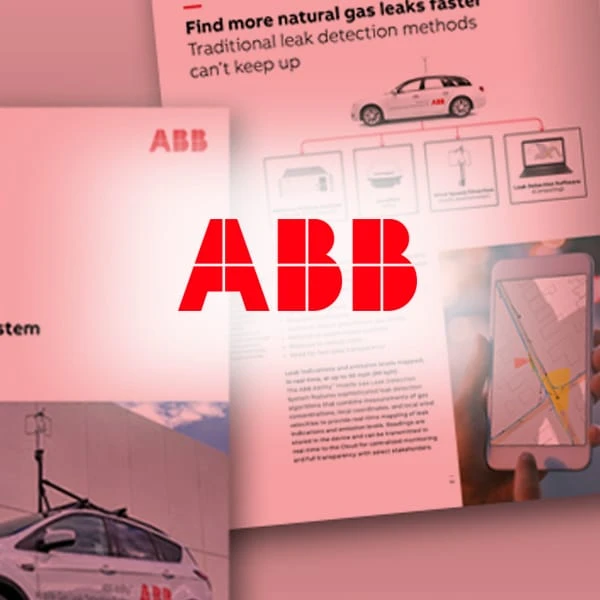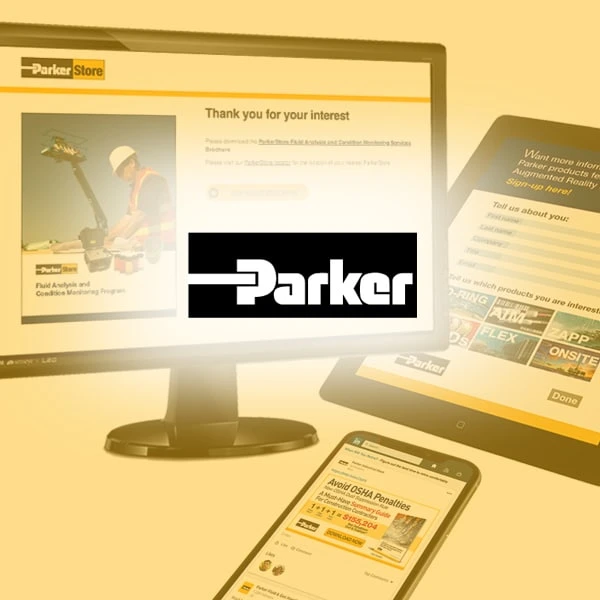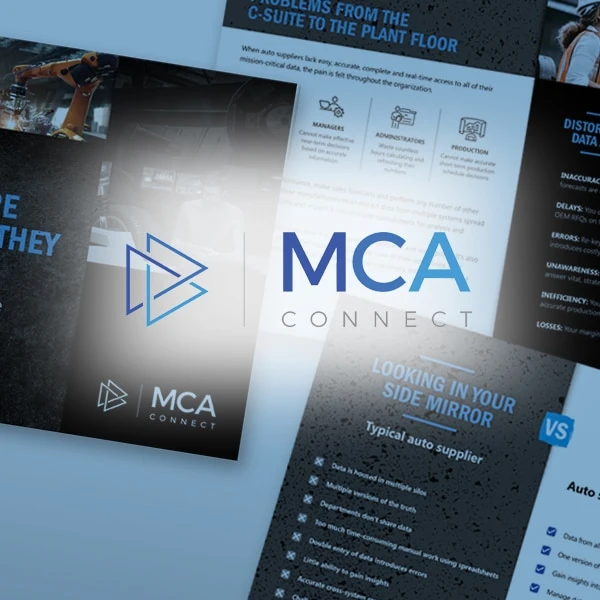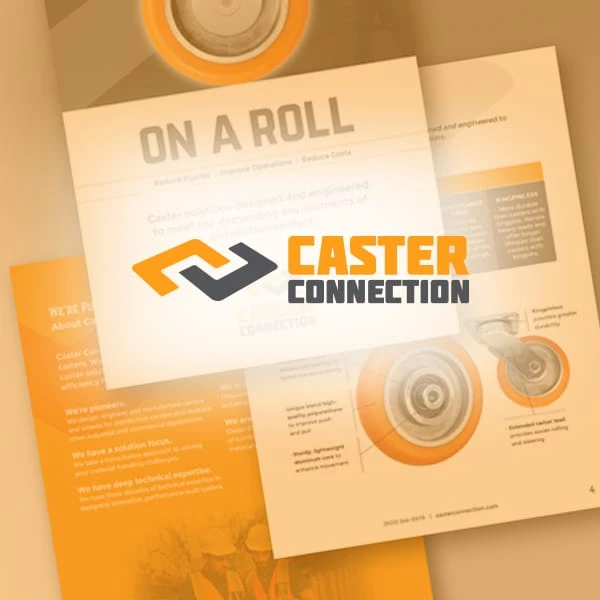Nine Red Flags for Manufacturers That Their Positioning Is Losing Its Impact
As a Marketer in the B2B manufacturing ecosystem, you know that positioning is critical. It’s how your target audience—other businesses, your partners, and ultimately, your end-customers—perceives your products, services and overall value. But markets shift, technologies evolve, and buyer needs change, meaning that even the most carefully crafted positioning can become outdated, leading to lost opportunities and diminishing returns.
For B2B manufacturers and suppliers selling into this complex ecosystem, understanding when to consider a positioning change is critical. It’s not always an obvious, overnight revelation. Sometimes, the signals are subtle and require careful investigation.
Here are 9 crucial signals that indicate it might be time for your B2B manufacturing or supply business to reassess and redefine its market positioning:
1. Your Voice of the Customer (VOC) Research Reveals a Mismatch
You’ve invested in understanding your customers, and their feedback is telling you something unexpected. Perhaps your VOC research reveals that, despite your intentions, customers perceive you as the “lowest cost supplier” when you aim to be a premium innovator, or vice versa, the “most expensive.” Alternatively, they might not even realize you operate in their space, or even consider you a player in a particular segment. One of our clients, for instance, discovered through our VoC research that buyers weren’t aware that the company was active in a specific high-tech component sector. This disconnect between your intended positioning and actual customer perception is a strong indicator for a change in positioning.
2. Buyer Priorities Are Shifting, Especially Towards Risk Aversion
The priorities of your B2B buyers are not static. Economic conditions, industry trends, and even global events lead to significant changes in what matters most to them. For example, today’s buyers might be more risk-averse than they were previously. If your current positioning doesn’t address these evolving priorities by highlighting your product reliability, your proven track record or your robust support, it may no longer resonate effectively. Read our B2B Manufacturing Buyer Journey Study to discover how the buyer journey has changed—and why your positioning might need to change as a result.
3. Your Business Strategy Has Evolved with New Offerings
A significant shift in your internal business strategy often necessitates a corresponding change in your positioning. This is particularly true if you’ve introduced a new, complimentary product or solution. What was once a stand-alone product might now be part of a larger, integrated offering, requiring your positioning to tell a more cohesive story. After all, you’re no longer just selling a component. You’re now providing a comprehensive solution.
4. The Market Itself Is Undergoing Fundamental Change
External market forces can dictate a positioning change regardless of your internal strategy. As industries evolve, new applications emerge and opportunities shift, your company needs to adapt its perception. For example, a company previously known for cloud computing might need to reposition itself for edge computing, aligning with advancements like AI at the edge to capture future growth. This isn’t just about what you offer, but where the market opportunity is moving.
5. Your Current Positioning Isn’t Resonating as Desired
Resonance isn’t always positive. It can be either good or bad. If your positioning isn’t eliciting your desired response from the marketplace, you have a problem. This lack of the desired type of resonance isn’t always immediately obvious, often requiring deeper investigation. You might need to conduct a content audit of your website, perform more VoC research, or organize focus groups to uncover why your message isn’t landing as intended.
6. You’re Expanding Into New Geographic Markets
Entering new regions, such as the European or Middle Eastern markets, almost invariably requires a different positioning strategy. Cultural nuances, regulatory environments, and local market demands mean that a message that works well in one territory will fall flat, or even be misunderstood, in another. You must adapt your positioning to be culturally relevant and effective for each new market you enter.
7. You Need to Adjust Perception of Your Brand, Product, or Sub-Brands
Positioning isn’t just for your overall corporate brand, either. It applies to individual products as well as sub-brands and sub-offerings. A large B2B manufacturer might be known globally for its robotics, but people in that space may not realize its strength in offshore wind farms or asset performance management software. Similarly, Amazon is known for retail, but Amazon Web Services (AWS) has a completely different positioning in cloud computing. If you have distinct offerings that appeal to multiple market segments, you likely need tailored positioning for each.
8. Sales Are Drying Up or Growth Has Stagnated
While not an immediate cause, a sustained decline in sales or a plateauing of growth can be a symptom of outdated positioning. The cost of not changing your positioning is being left behind. This typically doesn’t happen as an overnight crisis, but as a gradual erosion of market share. It’s easy to look back two years later and wonder, “How did we get left behind?” Your stagnant positioning will tell you.
9. You Realize You’re Unsure Which Marketing Efforts Are Working
A famous industrialist once said, “Half of the money I spend on advertising is wasted. The problem is, I don’t know which half.” This highlights the cost of not knowing. If your marketing efforts feel disjointed, or if you can’t clearly tie them back to your desired market perception, it might be because your underlying positioning is unclear or misaligned.
The Cost of Inaction: Why B2B Manufacturers Can’t Afford to Wait
The bottom line is that ignoring these signals hurts your bottom line. A lot. The cost of not changing your positioning can be substantial, leading to a much harder, more-expensive shift later on.
RH Blake Case Study: Repositioning Global Semiconductor Manufacturer
The Challenge
A leading semiconductor manufacturer faced a critical positioning challenge. Despite its growth into new product categories, the company was still primarily associated with its legacy strengths. This outdated perception created a gap between how the market viewed the company and where its innovation strategy was headed.
Inconsistent messaging compounded the problem. Communications about its future direction, particularly in next-generation technologies, were competing with narratives tied to legacy offerings. This diluted the company’s ability to establish itself as a forward-looking leader in the space.
Our Approach
Working closely with leadership, we helped the company reframe its positioning around a unified corporate messaging platform. The core strategy focused on “skating to where the puck is going” — aligning brand identity with emerging growth opportunities, while tactically supporting legacy products as part of a measured transition.
Central to the repositioning was the creation of a new market-defining concept. This concept allowed the company to differentiate itself from competitors who were retrofitting AI onto existing platforms.
The Outcome
This statement unified the company’s story, leveraging its proven heritage in innovative technologies while positioning it successfully for the future.
With a clear and future-focused positioning strategy, the company was able to:
- Shift market perception away from legacy associations.
- Establish ownership of a new, differentiated category.
- Build stronger alignment between corporate messaging, product strategy, and customer needs.
This repositioning created the foundation for sustained growth and positioned the manufacturer as a trusted partner for companies building the next generation of devices.
At RH Blake: Building Bridges to Your New Position
So, how do B2B manufacturers and suppliers navigate these waters? At RH Blake, we guide B2B manufacturers and suppliers through this critical process. And it is a process. Changing positioning isn’t just about announcing a new tagline. It’s about building a bridge to where you want to go. This is where thought leadership becomes invaluable.
Instead of merely stating your new direction, we help you introduce thought leadership focused on the market problems and customer challenges that your new positioning enables you to solve (read our 2025 Thought Leadership in Manufacturing Report to learn how and why). This strategic approach helps align your audience’s perception with your future trajectory, demonstrating your relevance to new applications and opportunities.
Some of these positioning shifts are immediately obvious (like a new market entry), while others demand deeper investigation through content audits, VOC research, and focus groups. Understanding the impact of all these factors—whether it’s one reason or a combination—is crucial for a successful repositioning.
By proactively monitoring these signals and strategically building a new narrative through robust thought leadership, B2B manufacturers and suppliers can ensure their positioning remains a powerful asset, driving growth and securing their place in the market for years to come.

"You guys met our expectations in every way. It [RH Blake Market Research] was the information we were looking for. Congratulations and Thank You!"
 Scott Griggs
Scott Griggs
Director of Services for Food Manufacturing and Food Service
ALS Global

"“I’ve gotten all that I’d hoped for from the RH Blake Growth Roadmap™ and more. Based on the research and insights, we adjusted our offering scope and sales approach. And this adjustment has been effective at generating new opportunities."
 Diane Reko
Diane Reko
President
REKO International

"RH Blake has been an outstanding partner. They deliver creativity, on time, and always so professional. We love working with them because of their perspective, support, and their efficiency in turning projects around quickly."
 Samantha Spano
Samantha Spano
Digital Product Marketing & Communications Manager
Industrial Automation Energy Industries
ABB
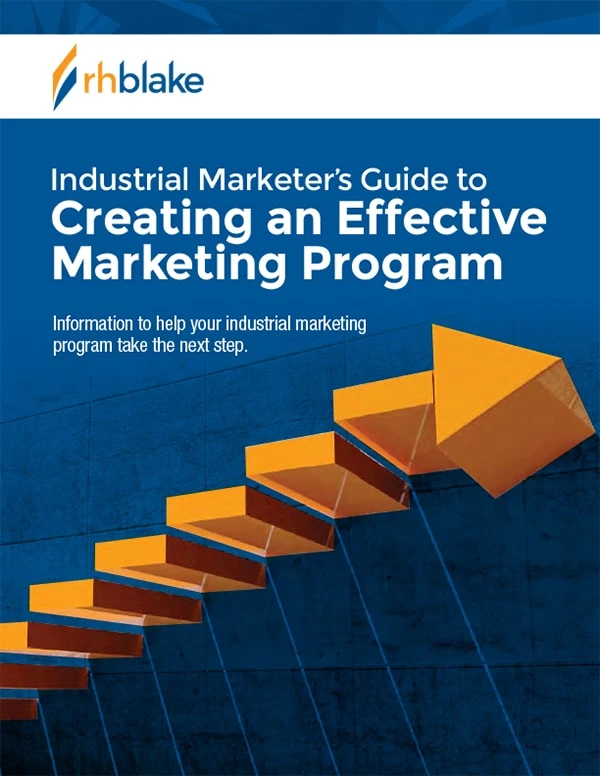
Industrial Marketer’s Guide to Creating an Effective Marketing Program
147 pages of actionable ideas to help you create a winning marketing strategy and program

Industrial Marketer’s Guide to Creating an Effective Marketing Program
147 pages of actionable ideas to help you create a winning marketing strategy and program
Related Clients



